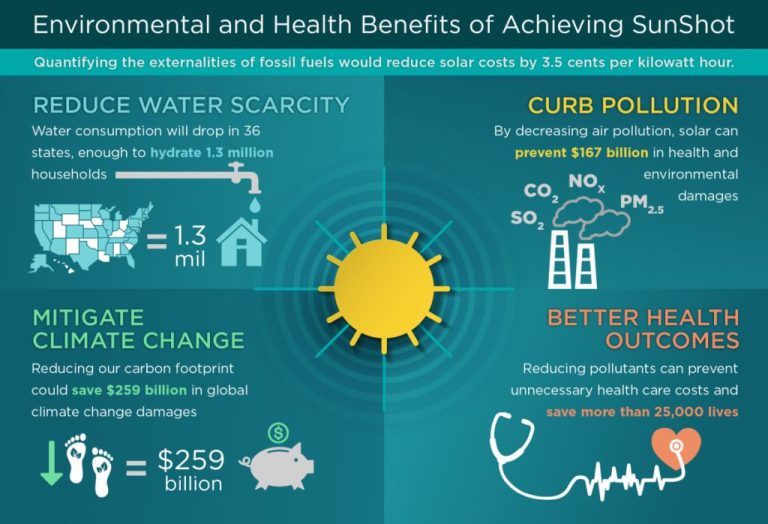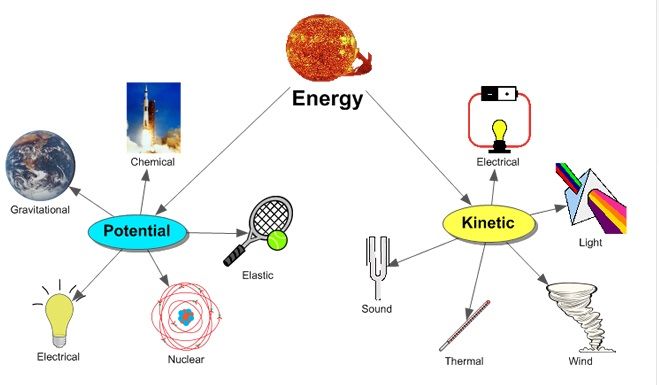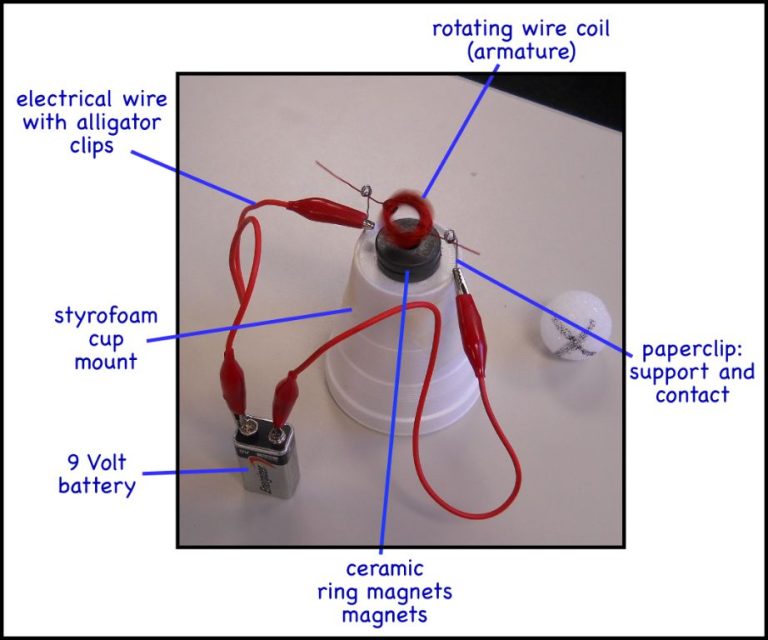How Can We Reduce Consumption For Climate Change?
The Link Between Consumption and Climate Change
Overconsumption drives climate change through increased greenhouse gas emissions. The more goods and services we consume, the more manufacturing, transportation, energy use, and waste is generated. This results in higher carbon emissions that accelerate global warming.
Manufacturing consumer products requires energy and emits greenhouse gases. The more we buy, the more emissions result from industrial production. Transportation of goods also generates emissions through aviation, shipping, trucking, and rail. Products shipped from across the globe increase our carbon footprint.
Fossil fuels power much of the manufacturing and transportation related to the things we buy. Extracting and burning oil, gas, and coal releases enormous amounts of carbon dioxide into the atmosphere. More consumption means greater energy needs, resulting in higher emissions.
When we discard the products and food we’ve purchased, waste and food scraps produce methane as they decompose. Landfills are a major source of methane emissions, which are vastly more potent than carbon dioxide in causing climate change over the short-term.
By reducing what we buy and consume, we can lower emissions across the entire supply chain – from manufacturing to transportation to waste. Consuming less is crucial for protecting the planet.
Consumerism Culture Drives Overconsumption
Modern consumer culture promotes a cycle of overconsumption that is environmentally unsustainable. Social norms, advertising, and planned obsolescence encourage consumers to buy more than they need and discard still-useful items to purchase upgrades.
Consumerism teaches that purchasing and owning material goods is essential to happiness and social status. Advertising instills the belief that buying the latest products will make us more attractive, successful, and fulfilled. This fuels a mentality of always wanting newer, bigger, and better. But consumption does not guarantee contentment, and overconsumption strains the planet’s limited resources.
Products are often deliberately designed to wear out or become obsolete within a short timeframe, a practice known as planned obsolescence. This spurs more frequent replacement purchases, rather than repairing items. But discarding still-functional phones, appliances, clothes, and more creates enormous waste. E-waste is now one of the fastest growing waste streams globally.
Shifting away from hyper-consumerism is an important step towards sustainability. We can curb overconsumption by reconsidering social pressures and norms that equate material goods with status and value. Supporting companies that make durable, repairable products can help diminish planned obsolescence. And reflecting on how much we really need versus want can stem excessive purchasing.
Reducing Consumption of Energy and Fossil Fuels
Transitioning to renewable energy sources like solar, wind, and geothermal is key to reducing our reliance on fossil fuels that emit greenhouse gases. At a household level, installing solar panels or switching to a renewable energy provider makes a difference. Supporting larger scale transitions to renewables through advocacy or community solar programs is also impactful.
We can also be more efficient with our energy usage. Simple behavioral changes like turning off lights, adjusting the thermostat, and using energy efficient appliances can reduce energy waste. Upgrading insulation, windows, heating and cooling systems to be more efficient saves energy. At a city and state level, policies that require energy efficiency standards for buildings and appliances are important.
Choosing alternatives to driving like public transportation, biking, walking, carpooling or telecommuting reduces gasoline consumption. For necessary driving, electric vehicles charged with renewable energy are better than gas-powered. Living closer to work and amenities cuts transportation emissions. Policies that improve and promote public and active transit over private car dependency make a big difference.
Relying more on telecommuting and videoconferencing reduces the need for business travel and commuting, which burn significant amounts of jet fuel and gasoline. Less business travel, particularly by air, significantly cuts carbon footprints. Urban planning and company policies should aim to enable remote work and virtual collaboration as much as feasible.
Reducing Consumption of Goods
One of the most impactful ways to reduce consumption for the climate is to simply buy less stuff. With global consumerism and materialism at an all-time high, many of us likely purchase more products than we reasonably need. Buying fewer new items and only purchasing what we really require can drastically reduce manufacturing emissions and resource use. Consider if an item you want is a worthwhile purchase or just mindless consumption before making a transaction.
Buying used goods whenever possible, whether clothing, furniture, or electronics, is a great sustainable option. Second-hand items prevent additional new resources from being extracted and crafted into products. Online buy and sell groups, thrift stores, consignment shops, and classified ads make it easy to find quality pre-owned goods. You can also sell or donate your own gently used stuff to keep it in circulation.
Rather than discarding and replacing goods at the first sign of wear, make repairs when feasible to extend their lifespan. Patch clothing, glue ceramics, replace parts on appliances – small fixes can make a big difference. If you’re not handy, see if a professional repair is worthwhile before scrapping an item.
The growing sharing economy also allows access to many items without needing to own them. Platforms for borrowing, renting, trading, and swapping everything from cars to camping gear facilitate efficient asset sharing between users. This collaborative consumption model reduces personal consumption, saves money, and builds community.
Those able to embrace minimalist or simple living lifestyles – focusing on experiences over things, multifunctional possessions, quality over quantity, and needs over wants – can dramatically cut their consumption. With less clutter and more financial resources freed up, minimalists often report greater life satisfaction too.
Reducing Food Waste
Food waste is a major contributor to climate change, accounting for 8-10% of global greenhouse gas emissions. About one-third of the food produced globally for human consumption gets lost or wasted every year. Reducing food waste is an impactful way individuals can lower their carbon footprint.
Composting leftover food scraps and yard waste reduces methane emissions from landfills. Compost can also be used to enrich garden soils. Portion control, proper food storage, meal planning, and using leftovers also decreases food waste. Community fridges provide a place for businesses and individuals to share good surplus food.
Buying “ugly” fruits and vegetables that get wasted for aesthetic reasons supports farms and reduces food waste. Being mindful of expiration dates and freezing food that cannot be consumed in time avoids unnecessary waste. Shopping with a list and only buying what you need decreases waste from impulse purchases and forgotten ingredients.
Sustainable Transportation
Transportation accounts for around 29% of total U.S. greenhouse gas emissions, so making sustainable transportation choices can significantly reduce an individual’s carbon footprint. Some ways to create a more climate-friendly transportation system include:
Promoting Walking and Biking
Choosing walking or biking for short trips not only avoids emissions, but improves public health through increased physical activity. Urban planning efforts that improve pedestrian and cycling infrastructure through sidewalks, bike lanes, and trails can enable more sustainable transportation.
Riding Public Transit
Taking buses, subways, and commuter trains greatly reduces emissions compared to driving. Supporting investments in affordable, accessible public transit systems helps take cars off the roads.
Driving Electric Vehicles
Electric vehicles charged from renewable energy produce zero direct emissions. Government incentives to buy EVs and install home charging can accelerate the transition away from gas-powered cars and trucks.
Advancing High Speed Rail
High speed electric trains connecting cities provide an emissions-free alternative to flying. Upgrading rail networks for faster, more extensive service offers a clean transportation option for long distances.
With smart urban planning and sustainable infrastructure investments, cities can reduce car dependence and create environmentally friendly mobility systems centered on walking, biking, and public transit.
Sustainable Fashion and Textiles
There are many ways consumers can reduce their environmental impact related to clothing and textiles. Buying high-quality vintage clothing, thrifting, and clothing swaps are great options for obtaining pre-owned pieces. This cuts down on the demand for new clothing production. Choosing garments made from natural, sustainable fabrics like organic cotton, hemp, linen, and wool can also make a difference. These fibers often have a smaller carbon footprint than synthetic fabrics derived from fossil fuels.
Just wearing the clothes we already own more often, washing less frequently, and line drying instead of machine drying are easy habit changes to implement. Hand washing delicate items and spot cleaning can extend the life of garments too. Simple mending and alterations allow us to keep wearing favorites longer. Overall, being more mindful of purchases and caring for our clothes sustainably reduces the footprint of fashion.
Reducing Water Consumption
Water is a precious resource that is threatened by climate change. Reducing unnecessary water consumption in homes and businesses can help preserve water supplies while also reducing the energy needed to transport and treat water. There are several effective ways to cut back on water use:
Install low-flow fixtures – Low-flow showerheads, faucets, and toilets dramatically reduce water use by restricting the flow while still providing adequate water pressure for tasks. Low-flow toilets use as little as 1.28 gallons per flush compared to older models that used 3.5 gallons per flush or more. Switching out fixtures is a simple DIY project that can pay for itself quickly.
Collect greywater – Greywater systems capture gently used water from sinks, showers, washing machines, etc and store it for uses like flushing toilets or watering plants. Greywater typically requires only minimal filtration and disinfection before it can be reused. Installing greywater systems reduces strain on water supplies.
Use xeriscaping – Xeriscaping refers to landscaping with native drought-resistant plants to reduce the need for irrigation. Xeriscape gardens thrive on rainwater and condensation alone once established. Choosing the right plants, mulches, and maintenance practices creates beautiful landscapes without wasting water.
With some thoughtful home improvements and landscaping choices, significant water savings can be achieved to help conserve this vital shared resource.
Policy and Systemic Changes
To achieve significant reductions in consumption, systemic and policy changes are likely needed in addition to individual actions. Here are some of the major policy proposals related to reducing consumption:
Carbon Pricing
Putting a price on carbon emissions through a carbon tax or cap-and-trade system incentivizes companies and individuals to reduce their carbon footprints. By making high-emissions activities more expensive, carbon pricing encourages shifts to cleaner energy sources and less wasteful behaviors.
Circular Economy
Transitioning from a linear “take-make-waste” economy to a circular economy where products are redesigned, reused, and recycled can greatly reduce resource consumption. Government policies can promote circular business models and set recycled content standards.
Degrowth
The degrowth movement calls for scaling down production and consumption, particularly in high-income countries, to reduce strain on ecological systems. Policies aligned with degrowth aim to improve well-being and equity within ecological limits.
Regulations on Industry
Governments can regulate industries to limit emissions and resource use through policies like fuel efficiency standards, single-use plastic bans, and restrictions on deforestation. Mandates and incentives for sustainable practices can steer companies toward lower-impact models.
Take Personal Action
While systemic change is crucial, individuals can also take steps to reduce their personal consumption and emissions. Here are some actions you can take today:
- Cut back on driving by walking, biking, taking public transit or carpooling whenever possible.
- Reduce your energy use at home by installing energy efficient lightbulbs, turning off lights when not in use, and adjusting thermostats.
- Eat less meat and dairy, which have higher carbon footprints. Shift towards plant-based foods.
- Buy secondhand clothing and furniture to reduce demand for new goods.
- Repair and properly maintain items to extend their lifespan rather than replacing them.
- Refuse disposable items like straws, bags and bottled drinks. Carry reusable versions instead.
- Shop locally and support businesses that aim to reduce waste and emissions.
- Speak up and call on your representatives to pass policies that regulate emissions and consumption.
While individual actions alone are not enough, they demonstrate demand for sustainable solutions. By reconsidering your daily habits, you can reduce your personal impact and be part of demanding the systemic change needed.






